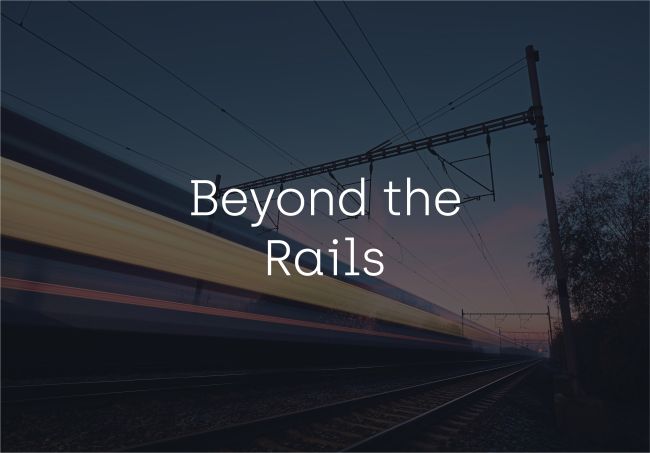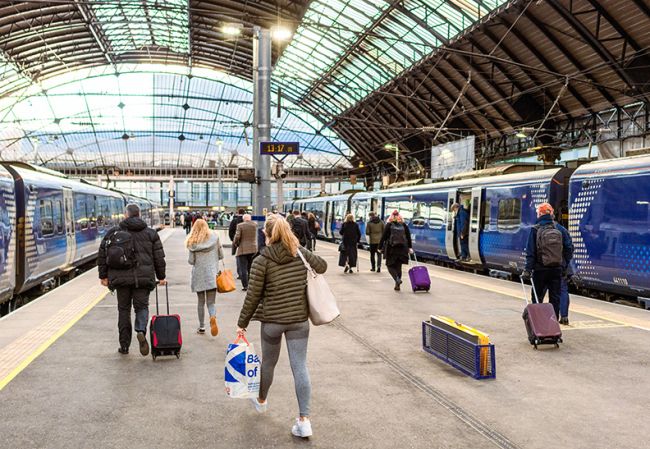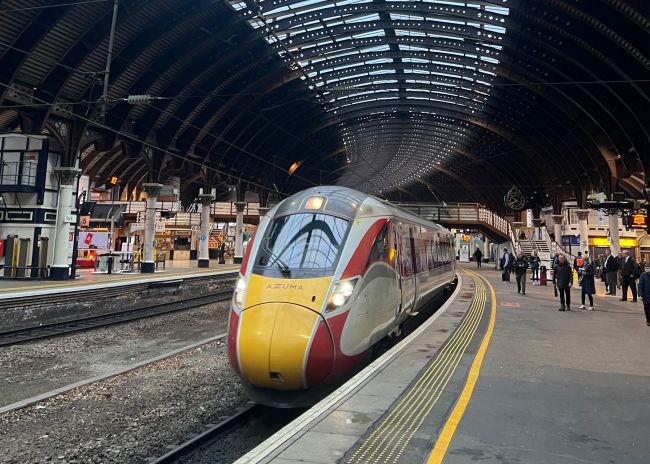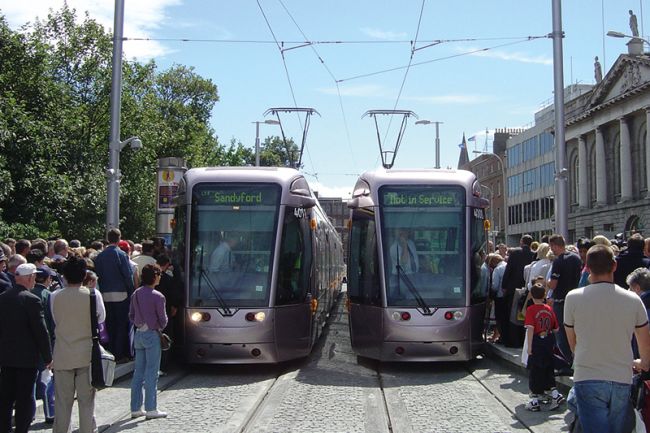Understanding trade-offs to get better value
Understanding trade-offs helps the industry make best use of available capacity.

Delivering better value for money is a central objective of the UK’s rail industry and achieving this aim requires a sound understanding of trade-offs between system INPUTS like service levels and journey times, and OUTPUTS like cost, revenue and performance. Understanding these trade-offs helps the industry make best use of available capacity.
For demand and revenue forecasting there is an established understanding of the key drivers, such as service levels, journey time, crowding and fares.
The associated evidence base is held in the Passenger Demand Forecasting Handbook (PDFH) – a set of guidelines providing a shared industry resource used by the UK’s rail industry.
However, there is no such shared understanding or resource when it comes to understanding the impact of changes in inputs, such as a timetable change, on system performance.
Our Study
Network Rail commissioned a team led by us to investigate the relationships between input drivers of performance and performance outputs, in particular the Public Performance Measure (PPM).
The investigation aimed to provide insight that would answer two key questions:
- What does this insight tell us about the key performance risks over the course of CP5 (Control Period 5, from 2014 to 2019), where the Government’s high-level output specification (HLOS) programme sets out a public performance measure (PPM) target of 92.5%?
- Is there the potential to develop a set of tools or framework to predict performance?
Key Findings
The study provides an enhanced understanding of a number of key drivers of performance. These include:
- Shortening journey times results in worsening performance
- The volume of train movements affects performance – increasing the number of services is likely to worsen performance unless mitigating actions are undertaken t Complexity, i.e speed mix (fast and slow trains), or the number of crossing movements at junctions, is a critical factor in performance
- Limited capacity at major termini can have a direct impact on performance
The manifestation of these for a given route will result in a number of complex interactions. The effect of any given change in a specific instance will depend on the balance of these factors, and how close particular drivers are to a ‘tipping point’.
Implications
Our evidence was used to identify a number of CP5 performance risks, associated with:
- Thameslink – where risks relate to retimetabling, diversions and re-routing during the construction stage and, once complete, the risks associated with the 24 trains per hour timetable
- Refranchising – where there will inevitably be pressure from franchisees to increase service levels and reduce journey times to increase revenues, potentially to the detriment of performance
- Growth in freight and passenger volumes – where freight and passenger mileage is forecast to increase by 23% and 16% respectively over CP5 and interaction with freight adds network complexity that can contribute to poor performance
The challenge remains as to whether the understanding of performance can be developed to a point where predictive models (akin to PDFH) can be developed, but our study provides a strong grounding for further development in this area. Progress towards this would allow the industry to assess and quantify trade-offs between capacity and journey time on performance, cost and revenue to help inform decisions of how best to utilise capacity to deliver value for money.























